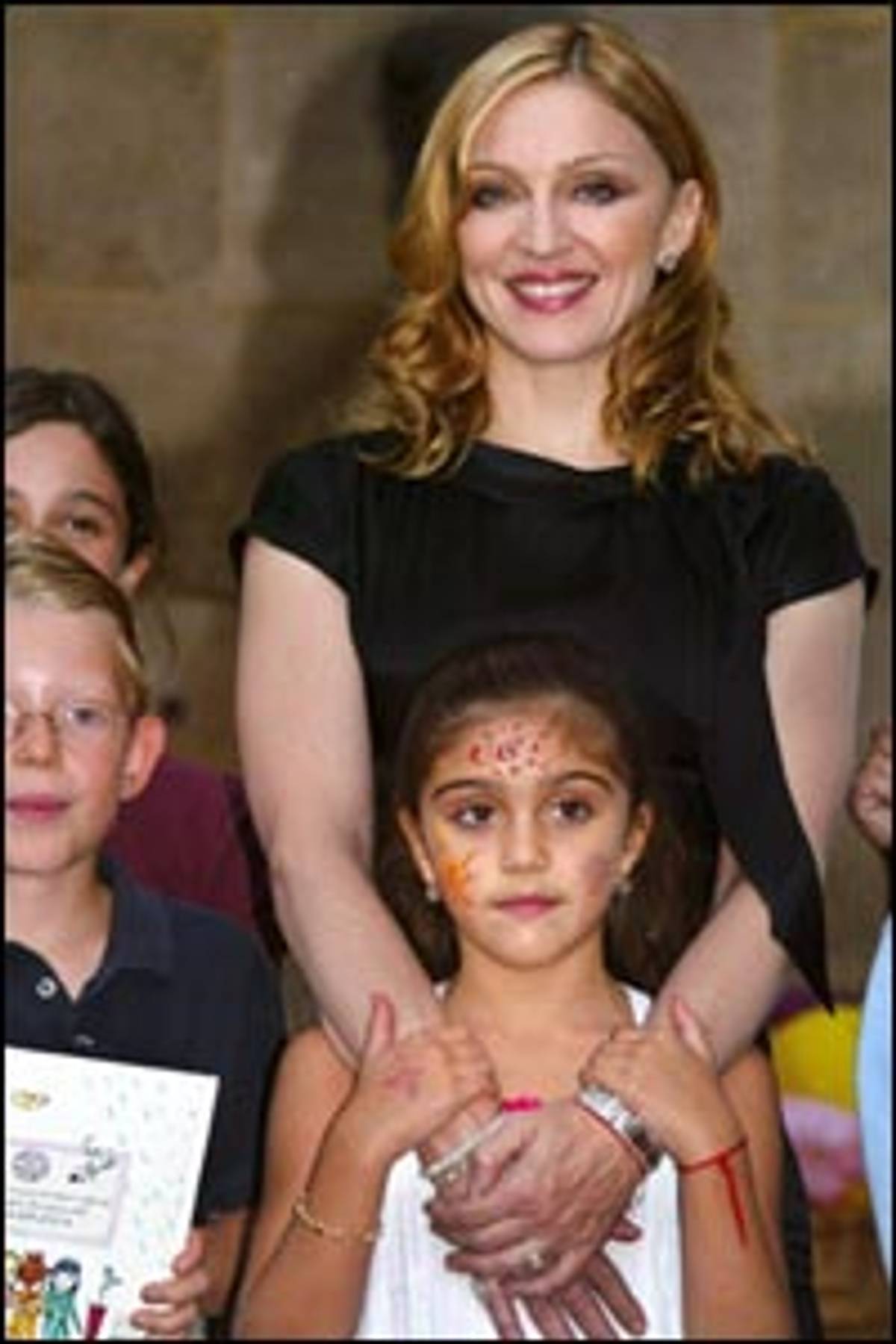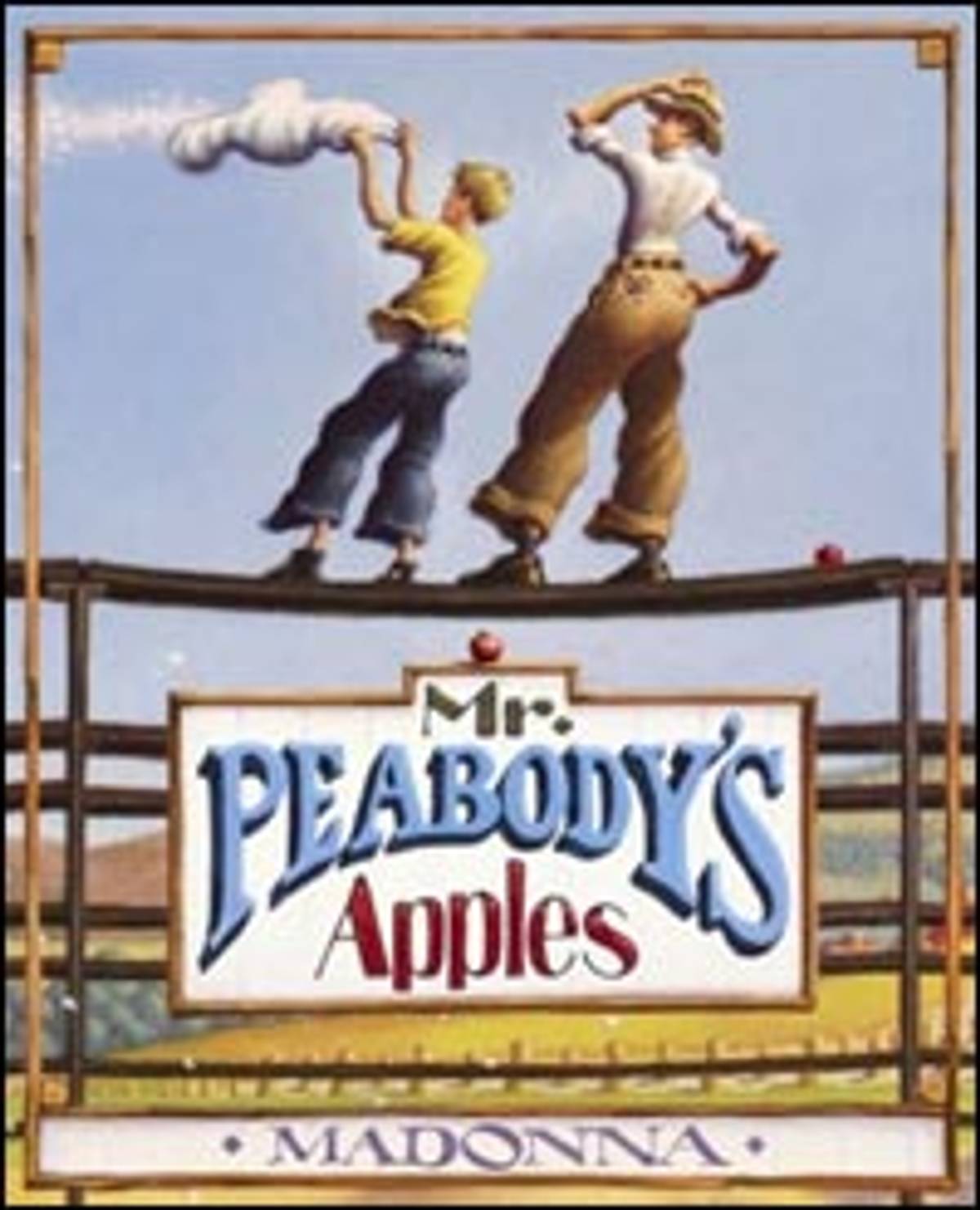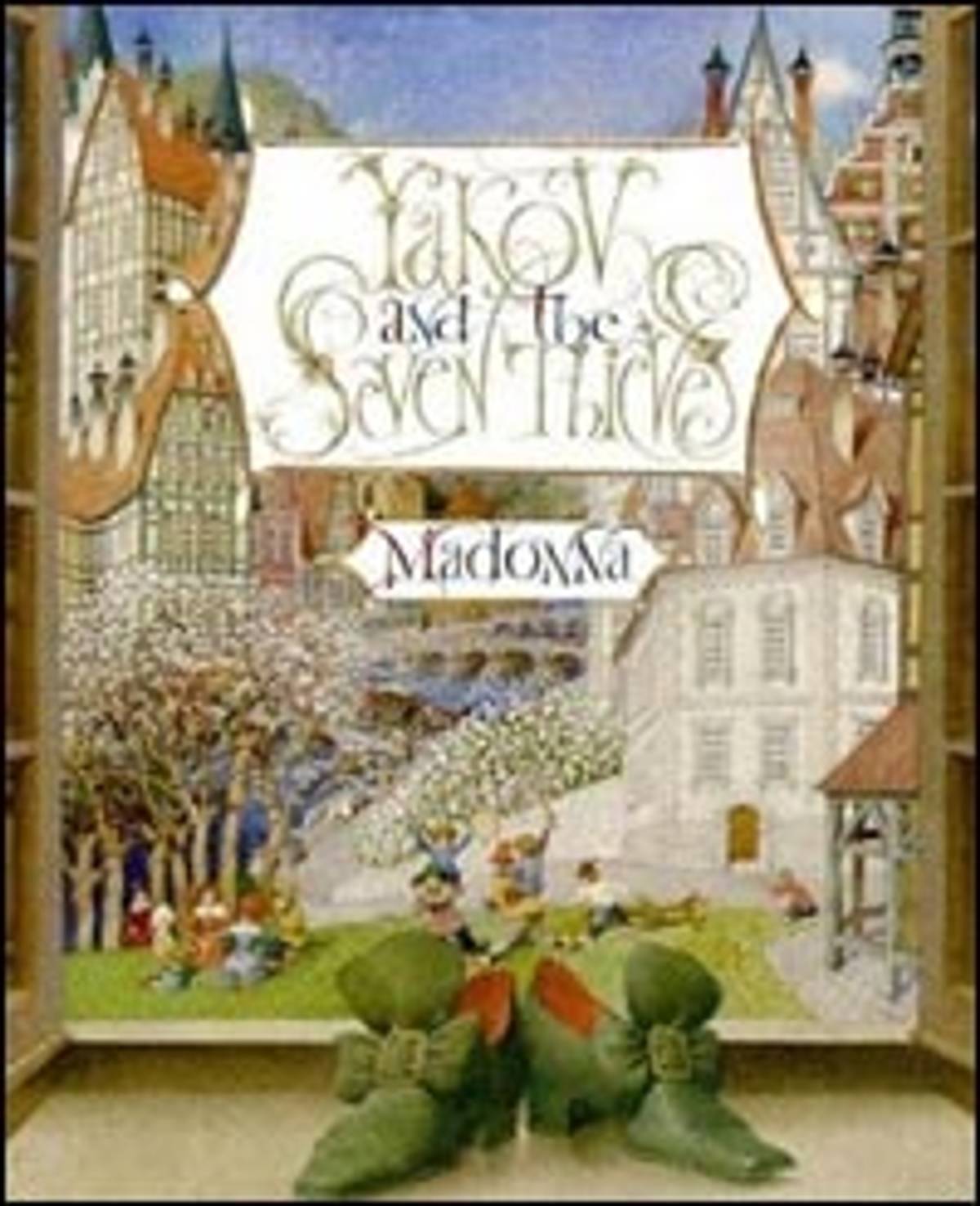One of the hazards of being a Jewish child, one that has existed at least since I was young and probably long before, is the dreary misery that is the Jewish storybook. Before I am inundated with hysterical email, let me assure you that I have read David Wisniewski’s Golem. But the great Jewish children’s books are few and far between.

In my own house, the clutter of such tomes has expanded—and not merely because they are impossible to dispose of. (“Did you lose that book I gave you about the Japanese consul in Lithuania who saved Jews during the Holocaust? I’ll get you another copy.”) Madonna’s three books for children have been added to the pile. They have that familiar hectoring tone, although hers is cloaked in a kind of studied whimsy: her characters dance the “tickety boo” and are named Tittlebottom. My children do not react well to this kind of ham-fisted sermonizing. My kids demand a bit more magic in their stories, and the learning of lessons is not a big priority. Still, that’s what books like these are all about, so it only makes sense to evaluate them on those terms.

For the life of me, I can’t figure out the point of The English Roses. I honestly think that the instruction this story gives is to be nice to pretty girls because their lives might be harder than ours. Did the Baal Shem Tov really say this? I know I’m altogether too influenced in this as in all things by the horror that was George Washington Junior High School in Ridgewood, New Jersey, but it never seemed to me that those flaxen-haired lovelies had any problems making friends. On the contrary; they very contentedly made the lives of the rest of us a living hell.2

Spirin’s paintings in particular are splendid.3 His illustrations for Yakov and the Seven Thieves are complex and multilayered; some pages look like illuminated manuscripts, others like Renaissance paintings, still others have a cartoonish appearance. What they aren’t is Jewish. Despite the fact that the story is supposed to take place in a “very small village” (a shtetl, I assume), the illustrations give us a beautifully rendered Tudor town. There isn’t a yarmulke or a set of payes to be seen, and the heroes are suspiciously blond. Don’t get me wrong, my two youngest kids are towheads, Jews come in all shapes and sizes, blah blah blah. But this particular literary genre—stultifying sanctimonious shtetl tale—usually requires at least a few grizzled beards and the odd hooked nose. And the women are not generally attired in hoop skirts.

I doubt, however, that The English Roses will be added to the list of approved reading material kept by the world’s Jewish grandmothers. Neither will Mr. Peabody’s Apples, although arguably it has the simplest and clearest of Jewish morals, and that feather pillow is a nice metaphor. I wouldn’t be surprised, however, if Yakov and the Seven Thieves becomes a staple of Hanukkah gift-giving. It’s a muddled and simplistic story (“when we turn away from our naughty behavior and embrace good deeds, as the thieves did with their prayers, we are turning the key and unlocking the gates of heaven”) but the illustrations are lovely and the title sounds like those of all the other boring Jewish storybooks. It might even be sold in synagogue bookstores and at Jewish book fairs every November. Bubbe will wrap it in navy blue paper stamped with silver stars of David, and little Hannah and Zachary will tear open their package with eager anticipation. They’ll read the book once, and toss it onto the shelf with all the others she’s given them over the years. In a little while, their mother will donate it to the library. At which point Bubbe will say, “Did you lose that Madonna book I gave you? Don’t worry, I bought you another copy. Happy Hanukkah.”
1I won’t pretend to know much about Kabbalah, either the Los Angeles version or the one that only married, male scholars of Torah and Talmud over the age of 40 are permitted to study. I don’t know from Gershom Scholem or from Rabbi Philip Berg, so I’ve got some nerve, really, being judgmental enough to slap those quotation marks around the word. But when the Kabbalah Centre website is flogging anti-stress candles and online Zohar classes it’s hard not to feel like Margaret Cho might have had a point when she referred to it as “Scientology with yoga.”
2I imagine that the moral Madonna wanted to get across was that you should be kind and generous because you can never know the circumstances of another’s life. Why she thought the story of a girl ostracized because of her beauty might accomplish this probably has something to do with the bizarre circumstances of being fabulously successful and famous, yet nonetheless in very close touch with one’s capacity for pain. It’s hard to be rich. Trust her, she knows.
3Although what’s with the biographical note about having been born on Christmas Day?